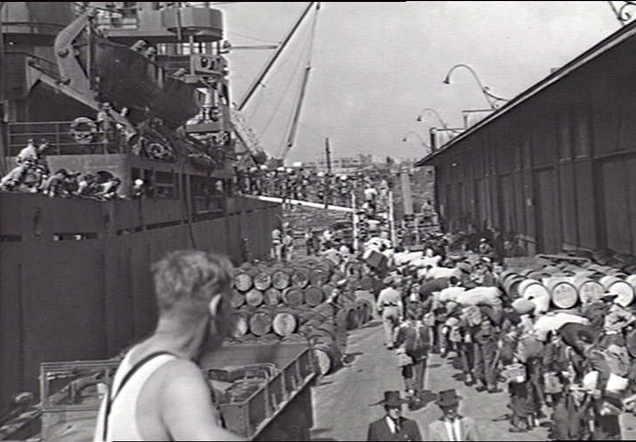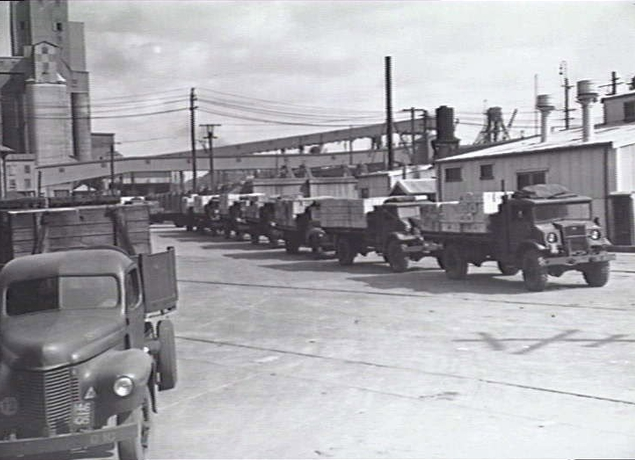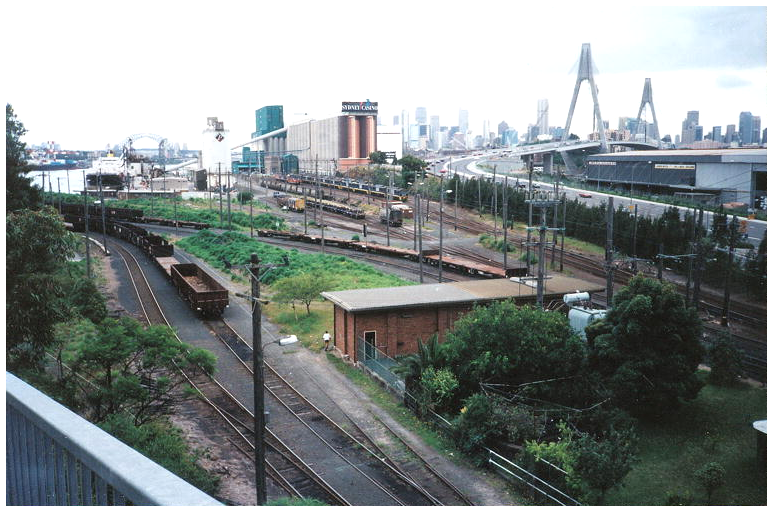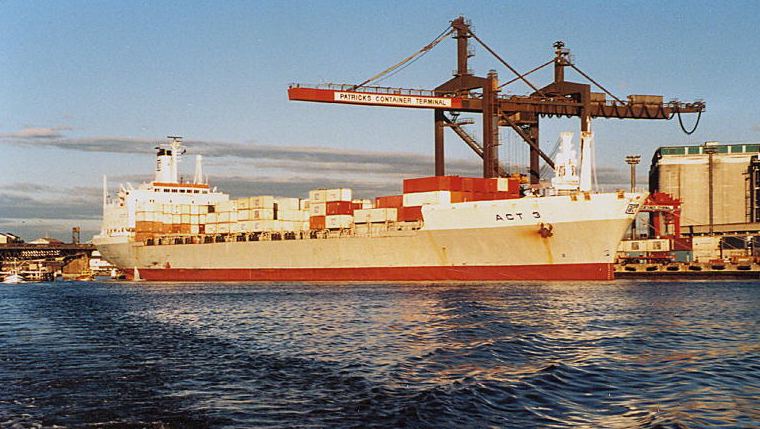Locations > Glebe Island
Glebe Island
Glebe Island, between Rozelle Bay and White Bay, was part of a land grant to Richard Johnson, chaplain of the First Fleet. Land given to the Church of England was known as a ‘glebe’. Johnson was not impressed by the craggy, scrubby land and swapped it for a new ‘glebe’ (now Glebe).
Animals were butchered around the swamps of Blackwattle Bay until the colony’s first public abattoir, designed by Colonial Architect Edmund Blacket, opened on Glebe Island in 1860. Bones and tallow from the abattoirs also provided raw material for soap and candle-making until the late nineteenth century. The first Glebe Island Bridge opened in 1861 taking meat to Sydney across the Pyrmont Bridge. Wharves were built to serve the meat canning and export trade; related industries were candle and soap manufacturing. The locals objected to the smells and nuisance until the government agreed to transfer the abattoirs to Homebush.
After 1903 a new Glebe Island bridge replaced the swing bridge: the latest Glebe Island bridge (now the Anzac Bridge) replaced it in 1995. The old bridge remains, its swing span fixed on open to allow boats into Blackwattle and Rozelle Bays.
By 1918 the Saunders family had quarried the island flat, for wharves, and the island was attached to Rozelle. Grain silos were built, handling bagged and bulk wheat.
In 1942 8500 American troops landed at Glebe Island, which became the principal staging area for thousands of US troops during World War II.
In 1990 the wheat terminal was transferred to Port Kembla and the wharfage remodelled for container cargo. 16 silos are now used as a bulk cement terminal. Car imports were unloaded at White Bay for many years; in 2008 they were relocated to Port Kembla.
Work and Pleasure, John Curotta 2013
Gypsum, sugar and cement imports are still unloaded at Glebe Island, but much of the area awaits State government decisions about its future.
Further Reading
Related Items
Argus Newspaper Collection of Photographs, State Library of Victoria
Argus Newspaper Collection of Photographs, State Library of Victoria







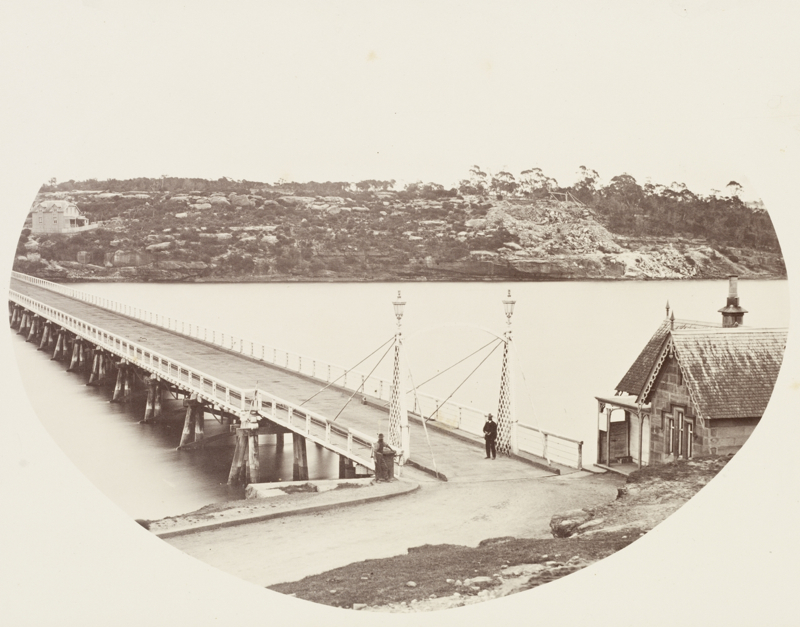



![Minister for Shipping and Supply, Mr. Beasley, smilingly pays [one shilling and three pence] for steak and kidney pudding and a cup of tea, Glebe Island 1940-1945](https://images.squarespace-cdn.com/content/v1/5b90c69eb1059856af5325df/1539780966131-A1836FBHOR9G6SQUIH3C/16.-Beasley-on-Glebe-Island-1940-45-copy.jpg)



